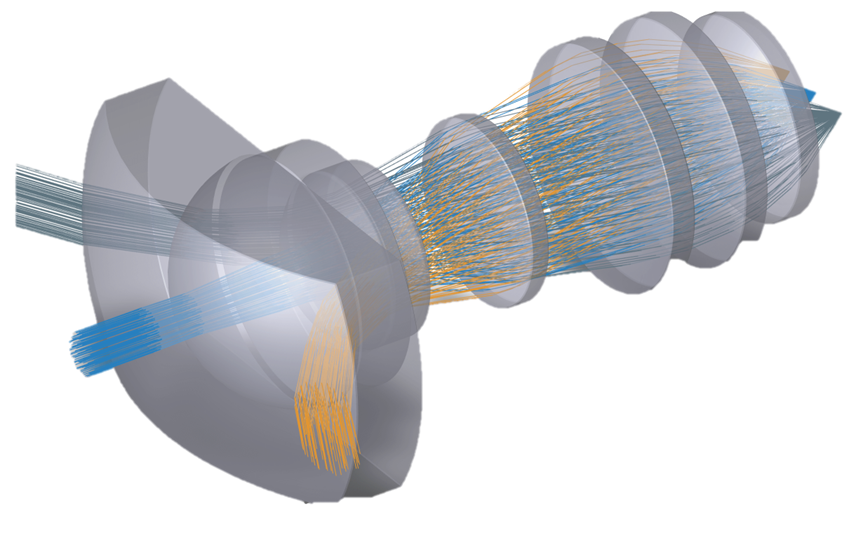Optical Systems Integration Design to Production
Complex Optical Systems Design, Prototyping, & Manufacturing
Clear Align offers expertise in designing, prototyping, and manufacturing advanced optical systems. Our team utilizes cutting-edge optical design software to create sophisticated optical engineering solutions. Whether you need …
- Multi-sensor surveillance systems from requirement to production
- Soldier thermal weapon sights for a unique sensor
- Dual-band third-generation FLIR lenses
- optics or components for missile subsystems
- Unmanned systems that support multi-channel payloads with multiple sensors
- Custom optical modules or tailored assemblies
Do you have an Optical Problem? We Provide Optical Solutions
We have the know-how to build advanced imaging or laser solution whether it is a single lens or system. Clear Align is focused on controlling costs while optimizing image clarity delivering environmentally rugged solutions. Our designers create systems using a disciplined, stage-gate development process to ensure reliability. We fabricate our optical lenses and metal for faster delivery.
Optical engineering plays a crucial role in solving complex optical problems, ensuring that our solutions meet the highest standards of performance and reliability.
Our structured approach ensures every critical parameter is addressed from SRR to MRR, accelerating the path to your goals. We have all the optical, mechanical, electrical, and software tools to integrate optics into your application. We provide in-house evaluation for speed.

Systems Integration Approach Optimize SWaP-C
Our focus is on the system’s solution that considers SWaP-C, Size, Weight, Power and Cost. We drive the system architecture by incorporating the US Department of Defense Architecture Framework (DoDAF) and implementing advanced systems modeling techniques, such as structured and object-oriented approaches.
This includes considering light detection, and optimizing diffraction-limited performance, to meet complex system requirements. We offer state-of-the-art solutions with well-defined stage-gated processes, minimizing risks and enhancing the reliability of your optical system.
We use a modular systems architecture for all our electronics designs to avoid component obsolescence issues.